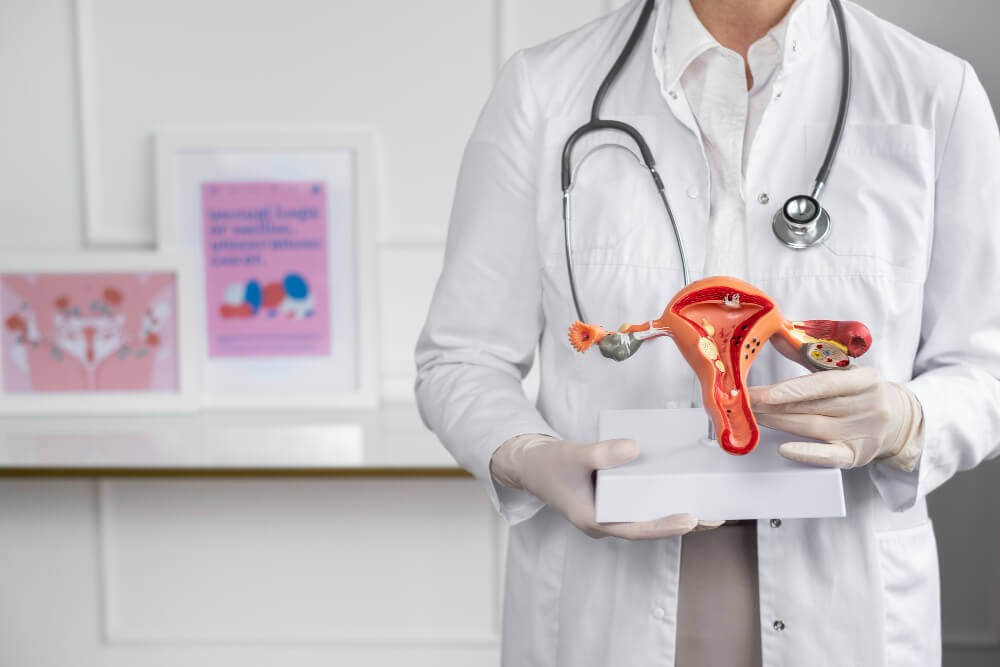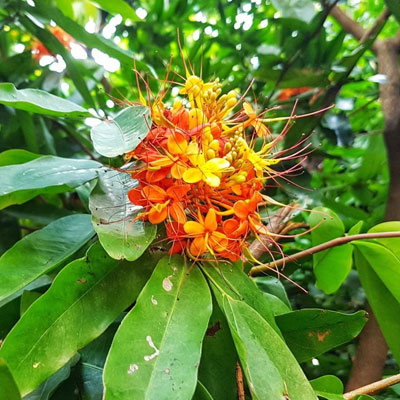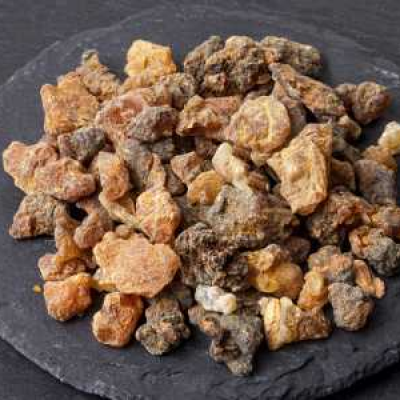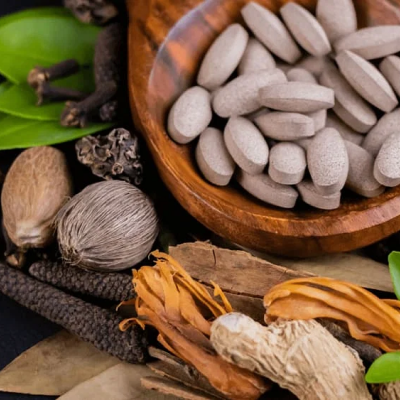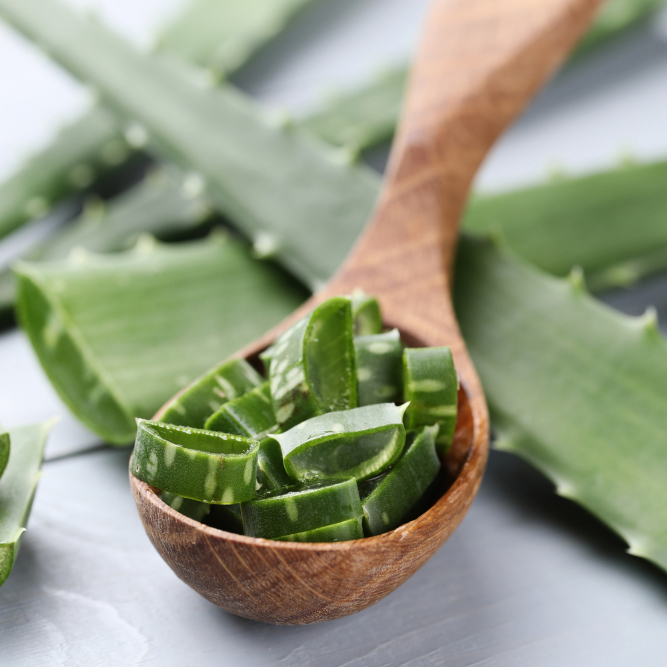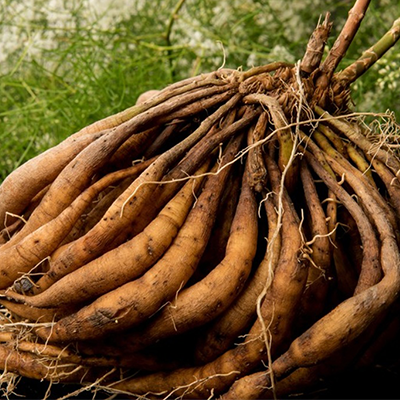Uterine fibroids (also known as leiomyomas or myomas) are non-cancerous growths that develop in or on the uterus. They consist of muscle and fibrous tissue and can vary in size, from tiny nodules to large masses that distort the shape of the uterus. While fibroids are common in women of reproductive age, not all fibroids cause symptoms, and their severity can vary.
Causes of Uterine Fibroids
The exact cause of uterine fibroids is unknown, but several factors contribute to their development:
Hormonal Imbalance
- Excess estrogen and progesterone stimulate the growth of fibroids.
Genetic Factors
- A family history of fibroids increases the risk.
Lifestyle and Diet
- High-fat diets, obesity, and lack of physical activity may contribute.
Age and Ethnicity
- Common in women aged 30–50 and more prevalent in African-American women.
Environmental Factors
- Exposure to chemicals like phthalates and stress may contribute.
Other Factors
- Early onset of menstruation, no history of pregnancy, and vitamin D deficiency.
Signs and Symptoms of Uterine Fibroids
Many women with fibroids are asymptomatic. However, symptoms can occur depending on the size, number, and location of the fibroids:
Menstrual Symptoms
- Heavy and prolonged menstrual bleeding (menorrhagia).
- Painful periods (dysmenorrhea).
Pelvic Symptoms
- Pressure or pain in the lower abdomen or pelvis.
- Frequent urination or difficulty emptying the bladder (due to pressure on the bladder).
Reproductive Symptoms
- Difficulty conceiving or infertility.
- Pregnancy complications, such as miscarriage or preterm labour.
Other Symptoms
- Constipation (due to pressure on the rectum).
- Back or leg pain.
Types of Uterine Fibroids
Intramural Fibroids
- Grow within the muscular wall of the uterus.
- Most common type, often causing heavy periods and pelvic pain.
Sub mucosal Fibroids
- Develop beneath the uterine lining and extend into the uterine cavity.
- Often cause heavy bleeding and infertility.
Sub-serosal Fibroids
- Grow on the outer surface of the uterus.
- Can cause pressure symptoms like bloating and urinary issues.
Pedunculated Fibroids
- Develop on a stalk inside (submucosal) or outside (subserosal) the uterus.
- Can cause sharp pain if the stalk twists.
Diagnosis of Uterine Fibroids
Medical History and Physical Exam
- Evaluation of symptoms and a pelvic exam to feel for irregularities in the uterus.
Imaging Tests
- Ultrasound: Primary tool for detecting fibroids.
- MRI: Provides detailed images of fibroids and their location.
Hysteroscopy
- A thin, lighted tube is inserted into the uterus to view fibroids directly.
Sono-hysterography (Saline Infusion Sonography)
- Uses saline to expand the uterine cavity for clearer ultrasound imaging.
Blood Tests
- To check for anemia due to heavy bleeding or other hormonal imbalances.
Prognosis of Uterine Fibroids
- Benign Nature: Fibroids are non-cancerous and do not increase the risk of uterine cancer.
- Manageable Symptoms: With proper treatment, symptoms can be controlled.
- Impact on Fertility: Submucosal fibroids can interfere with conception or pregnancy, but treatment improves outcomes
Ayurvedic Perspective on Uterine Fibroids
In Ayurveda, uterine fibroids are correlated with "Granthi" (localized growths) or "Arbuda" (benign tumors). The imbalance of Vata, Pitta, and Kapha Doshas plays a key role in fibroid formation:
Vata Dosha
- Governs the movement and functioning of reproductive organs.
- Imbalance leads to irregular growths.
Kapha Dosha
- Involved in growth and accumulation.
- Aggravation causes overgrowth of tissues (fibroids).
Pitta Dosha
- Manages hormones and metabolism.
- Imbalance causes inflammation and excessive bleeding.
Ayurvedic Management of Uterine Fibroids
Ayurvedic treatment focuses on:
- Detoxifying the Body (Ama Removal)
- Balancing Doshas
- Shrinking Fibroid Size
- Improving Reproductive Health
Dietary and Lifestyle Recommendations
Foods to Include
- Light, easily digestible foods.
- Green leafy vegetables, fruits, and whole grains.
Foods to Avoid
- Heavy, oily, spicy, and processed foods.
- Excessive dairy and sugar.
Hydration
- Drink warm water to improve digestion and flush toxins.
Exercise
- Regular physical activity to improve circulation and reduce stress.
Stress Management
- Practice yoga, pranayama, and meditation to balance hormones.
Panchakarma Therapies
Virechana (Purgation Therapy)
- Removes Pitta Dosha and detoxifies the system.
Basti (Medicated Enema)
- Strengthens reproductive organs and clears Vata imbalance.
Uttar Basti (Uterine Enema)
- Administers medicated oils or decoctions into the uterus to reduce fibroids.
Herbal Remedies
Ashoka (Saraca asoca)
Reduces heavy bleeding and inflammation.
Guggulu (Commiphora mukul)
Helps reduce fibroid size and removes Ama.
Kanchanar Guggulu
Specifically used to treat fibroids and other growths.
Aloe Vera (Kumari)
Supports hormonal balance and reduces inflammation.
Turmeric (Haridra)
Anti-inflammatory and regulates estrogen levels.
Shatavari (Asparagus racemosus)
Nourishes reproductive tissues and balances hormones.
Uterine fibroids are a manageable condition with proper medical and lifestyle interventions. Ayurveda offers a holistic approach to treating fibroids by addressing their root cause, balancing Doshas, and promoting overall reproductive health. A combination of herbal remedies, Panchakarma therapies, and dietary modifications can significantly help in reducing symptoms and preventing recurrence. Always consult an Ayurvedic practitioner for personalized treatment.


